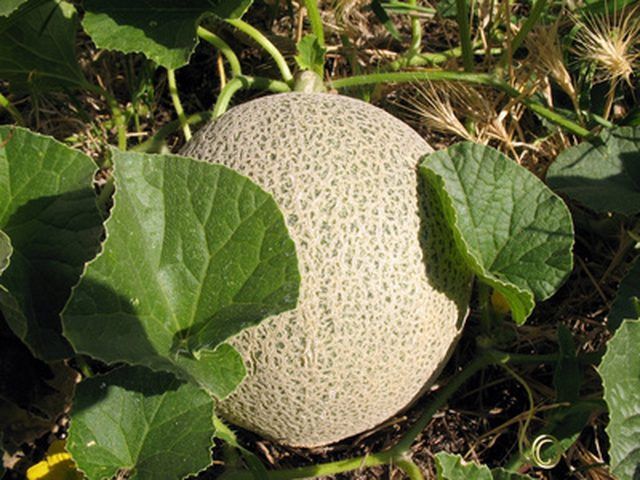Bulbs
Flower Basics
Flower Beds & Specialty Gardens
Flower Garden
Garden Furniture
Garden Gnomes
Garden Seeds
Garden Sheds
Garden Statues
Garden Tools & Supplies
Gardening Basics
Green & Organic
Groundcovers & Vines
Growing Annuals
Growing Basil
Growing Beans
Growing Berries
Growing Blueberries
Growing Cactus
Growing Corn
Growing Cotton
Growing Edibles
Growing Flowers
Growing Garlic
Growing Grapes
Growing Grass
Growing Herbs
Growing Jasmine
Growing Mint
Growing Mushrooms
Orchids
Growing Peanuts
Growing Perennials
Growing Plants
Growing Rosemary
Growing Roses
Growing Strawberries
Growing Sunflowers
Growing Thyme
Growing Tomatoes
Growing Tulips
Growing Vegetables
Herb Basics
Herb Garden
Indoor Growing
Landscaping Basics
Landscaping Patios
Landscaping Plants
Landscaping Shrubs
Landscaping Trees
Landscaping Walks & Pathways
Lawn Basics
Lawn Maintenance
Lawn Mowers
Lawn Ornaments
Lawn Planting
Lawn Tools
Outdoor Growing
Overall Landscape Planning
Pests, Weeds & Problems
Plant Basics
Rock Garden
Rose Garden
Shrubs
Soil
Specialty Gardens
Trees
Vegetable Garden
Yard Maintenance
Peat Moss in a Vegetable Garden
Peat Moss in a Vegetable Garden. Peat moss is an invaluable tool for gardeners. It is the one soil amendment which can improve almost any soil. It can be added to any type of home garden safely, is widely available and very affordable. Most peat moss is produced in Canada, but smaller operations in the United States also process it commercially.

Peat moss is an invaluable tool for gardeners. It is the one soil amendment which can improve almost any soil. It can be added to any type of home garden safely, is widely available and very affordable. Most peat moss is produced in Canada, but smaller operations in the United States also process it commercially.
What is Peat Moss?
Peat moss is moss that is "mined" from old bogs, where layers of sphagnum moss have been growing one on top of the other for decades, even centuries. Processors harvest the aged, partially decayed, layers of moss and package it in bales for consumer use. Some peat bogs may have layers of peat 3 meters thick or more. Peat has unique qualities for water absorption which makes it suitable as a soil conditioner.
Uses for Peat
Peat moss is used to amend a wide array of soil types. It can help lighten heavy soils, improving their texture. This improves aeration and promotes healthier root growth. It can add body to sandy soils, adding organic material and improving water retention properties, reducing the frequency of watering. Peat can hold as much as 15 to 20 times its own weight in water. Peat can also help reduce fertilizer use, as it increases nutrient retention and acts as a natural time-release agent. Adding peat moss to improve soil is an important step towards increased production of any type of garden.
Other Uses for Peat
Peat can also help lower pH in very alkaline soils. It has a pH of 3.4 to 4.8. It is a must when planting acid-loving plants like azaleas, rhododendrons and blueberries. Peat moss is an important ingredient in seed-starting mixes for growers who start seeds indoors.
Other Advantages
Peat moss degrades slowly; although it is organic, it breaks down much slower than most other organic materials, decaying over a period of years, as opposed to approximately one year for most other organics. It is free of insects, contaminants like chemicals and organics like weeds and seeds. Peat moss also improves compost pile efficiency, helping speed up the process while reducing odors and maintaining proper moisture levels. Peat moss is also a renewable resource.
How to Use Peat
Simply mix peat moss into garden soil with a rototiller for larger gardens or hand cultivator for smaller beds. Peat is available at any garden center or home center which sells gardening products. Check the label for how much you should use for your particular needs.